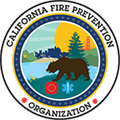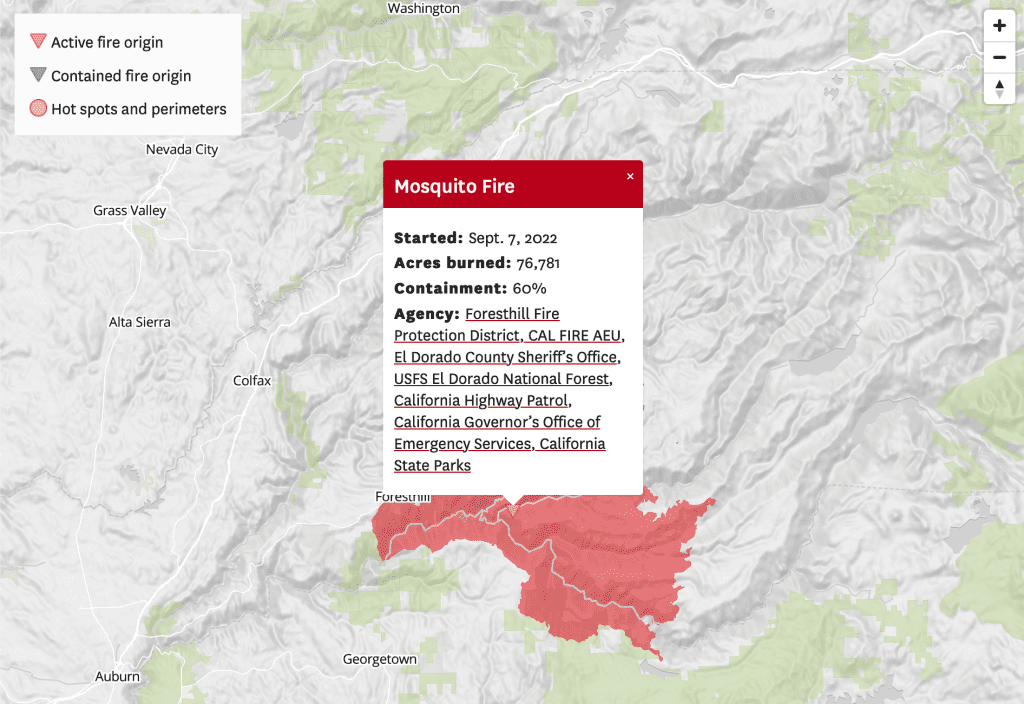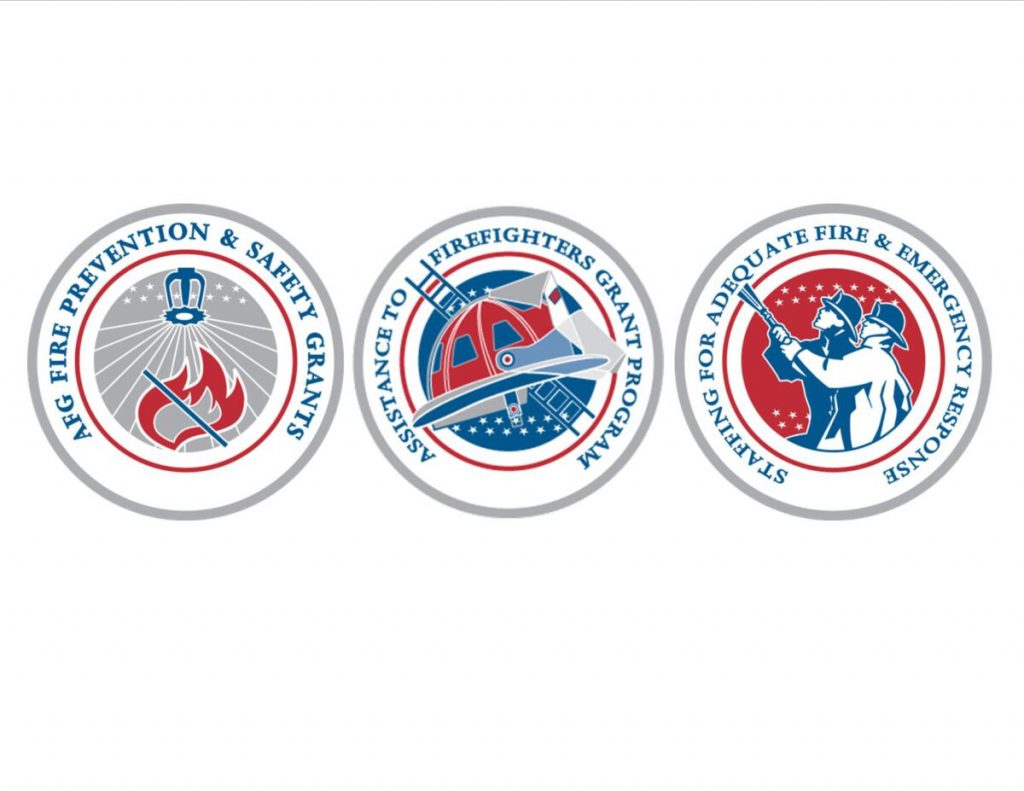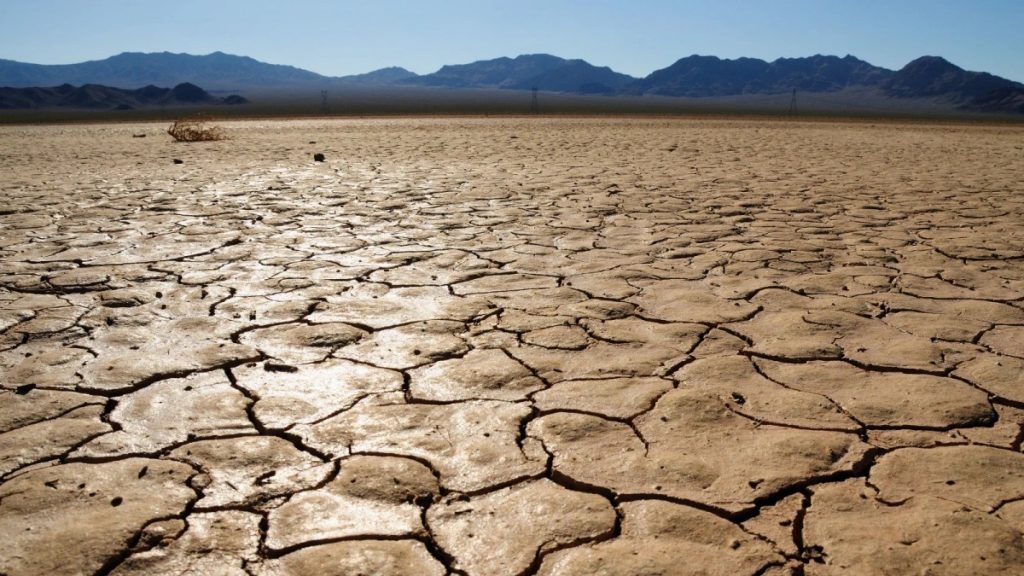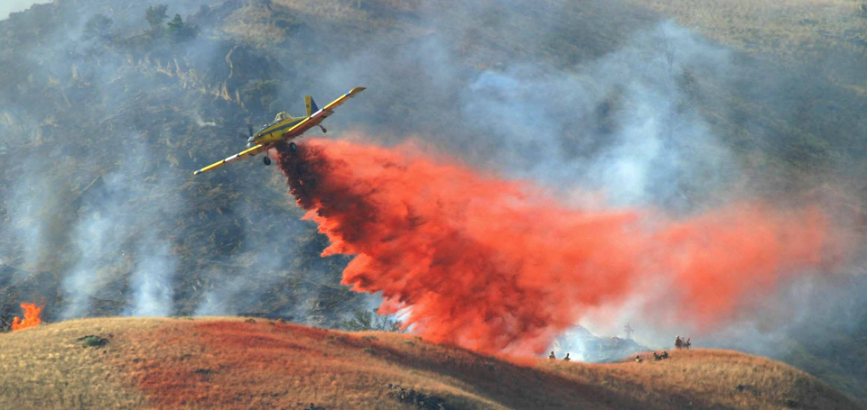
Firefighting Aircraft
Used primarily to fight wildfire, aircraft generally refers to anything that flies, including helicopters. If the aircraft has fixed wings, then the term applies specifically. Various aircraft have been used over the years for firefighting. Though World War II and Korean War-era bombers were for a long time the mainstay of the aerial firefighting fleet, and some are still in use. Newer purpose-built tankers are coming online. The smallest are the Single Engine Air Tankers (SEATs). These are agricultural sprayers that generally drop about 800 US gallons of water or retardant. An example is the Airtractor AT-802F, which can deliver around 800 US gallons of water or fire retardant solution in each drop or the amphibious version called the “Fireboss” which scoops water into its floats to drop on fires. Another is the Soviet Antonov An-2 biplane which can be fitted with floats that can scoop water from the surface of a body of water. An advantage of the biplane is that it has a lower stall speed than a monoplane meaning it a can fly more slowly over a fire which enhances the accuracy of water or retardant drops. Medium aircraft include the S-2 Tracker (retrofitted with turboprop engines as the S-2T) as used by the California Department of Forestry & Fire Protection (CDF), as well as Conair Group Inc. of Abbotsford, British Columbia, while the Douglas DC-4, the DC-7, the Lockheed C-130 Hercules, P-2V Neptune, Lockheed P-3 Orion and its commercial equivalent, the Lockheed L-188 Electra, as used by Air Spray (1967) Ltd., of Red Deer, Alberta and others have been used as heavy tankers.
